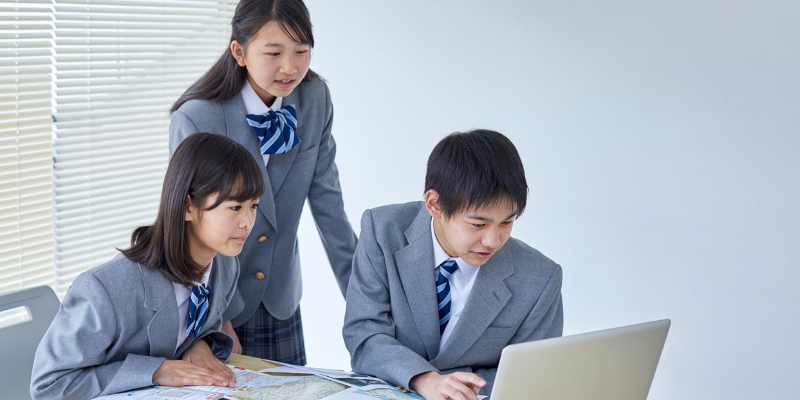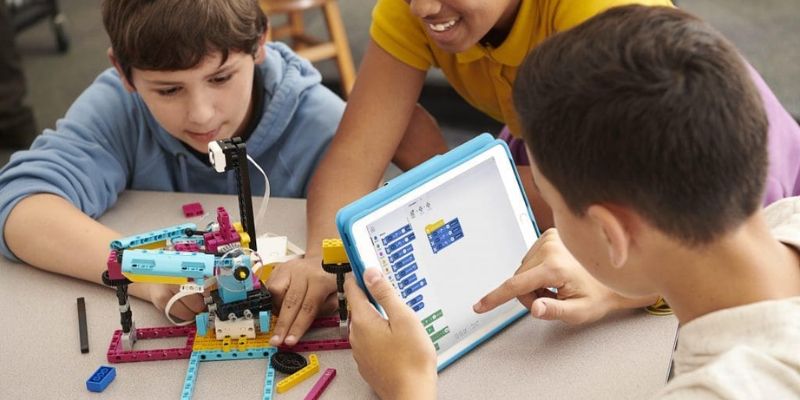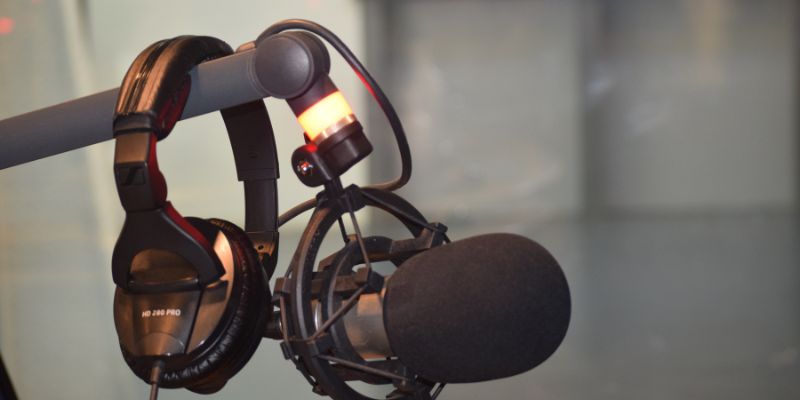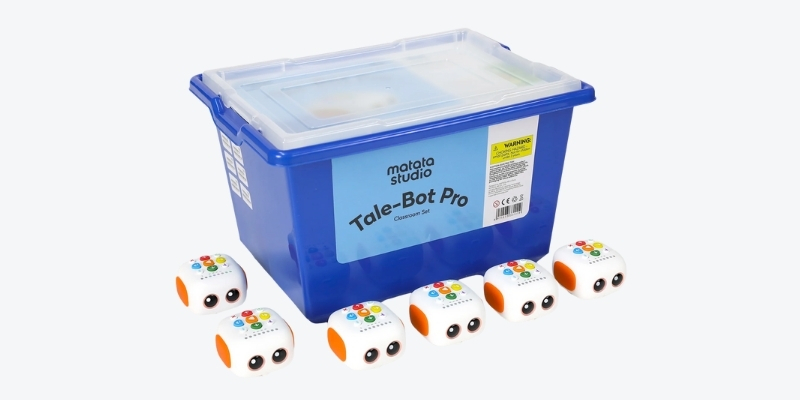
Non-Traditional Platforms in Education: Empowering Students with TechnoKids Projects
In today’s digital-first world, students aren’t just learning from textbooks—they’re creating videos, writing blogs, and producing their own podcasts. These non-traditional platforms in education are rapidly transforming classrooms into creative studios where students become content creators, not just consumers.
At the heart of this movement is TechnoKids, an innovative curriculum provider that equips students with the digital literacy and media production skills they need to thrive. With projects like TechnoPresentation, TechnoToon, and TechnoBlog, educators can seamlessly guide students in developing content suited for platforms such as TikTok, YouTube, Spotify, and Substack.
Let’s explore how these TechnoKids modules align perfectly with non-traditional learning trends—and how you can use them to repurpose classroom projects into engaging digital content.
Why Non-Traditional Platforms Matter in Education
Modern learners are already spending hours engaging with micro-videos, reels, audio stories, and blog content. Leveraging non-traditional platforms in education helps:
- Increase student engagement
- Encourage authentic communication
- Promote digital storytelling
- Build real-world 21st-century skills
Instead of resisting these platforms, TechnoKids helps educators integrate them meaningfully into lessons.
TechnoPresentation: Fuel for Micro-Video Creation
The TechnoPresentation module teaches students to design compelling slide decks, complete with visuals, animations, and transitions. But don’t stop at presentations—this content can easily be transformed into short-form videos.
How to Extend It:
- Have students’ record voiceovers for each slide using free tools like Canva or Clipchamp.
- Export their presentations as video files suitable for platforms like YouTube Shorts, TikTok, or school social channels.
- Use the slide themes to storyboard a mini documentary or explainer video.
Outcome: Students learn the art of visual communication, scriptwriting, and digital storytelling—all essential for future media-savvy careers.
TechnoToon: Spark Creativity for Reels & Skits
With TechnoToon, students create digital comic strips using expressive characters, dialogues, and narratives. These stories are ideal for short, engaging skits or video storyboards.
How to Extend It:
- Turn comic panels into voice-acted animations or role-play videos.
- Use the dialogue to script 30–60 second Reels, adding filters and music to match social trends.
- Encourage students to adapt their stories into audio plays or character podcasts.
Outcome: Students explore emotion, tone, and perspective while learning how to communicate complex ideas through humor and storytelling.
TechnoBlog: From Writing to Podcasting
In TechnoBlog, students learn the fundamentals of blogging—audience awareness, formatting, and content planning. These blogs can easily be repurposed into audio scripts or vlog-style narration.
How to Extend It:
- Record blog posts as podcast episodes using tools like Audacity or Anchor.
- Combine blog visuals and excerpts into carousel posts or educational reels.
- Create “day in the life” blogs turned into vlog-style videos for class YouTube channels.
Bringing It All Together
By aligning TechnoKids projects with non-traditional platforms in education, educators unlock exciting opportunities for student voice, creativity, and engagement. These platforms allow students to practice real-world communication skills, including storytelling, video editing, audio production, and social media literacy.
As education continues to evolve, embracing platforms like TikTok, podcasts, and blogs isn’t just trendy—it’s essential. With the right tools and curriculum, like those offered by TechnoKids, schools can ensure their learners are not just prepared for the future—they’re creating it.









Recent Comments